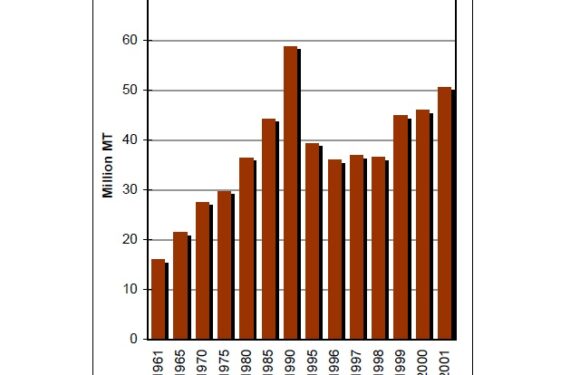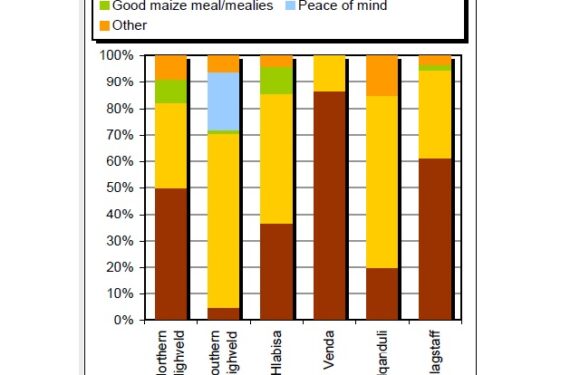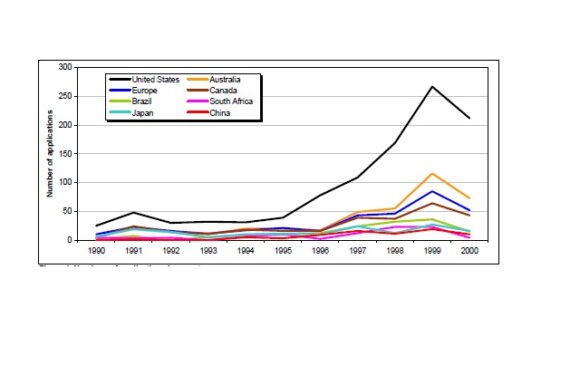
Spillovers and Crowding Effects in a Mixed Biotech Industry: The Case of Canola
January 1, 2006Richard GrayUniversity of SaskatchewanStavroula MallaUniversity of LethbridgeKien C. TranUniversity of Lethbridge. This paper develops empirical models to estimate both interfirm research spillovers and crowding effects in the canola crop research industry. The potential sources of spillover include basic research, human capital/knowledge (as…






